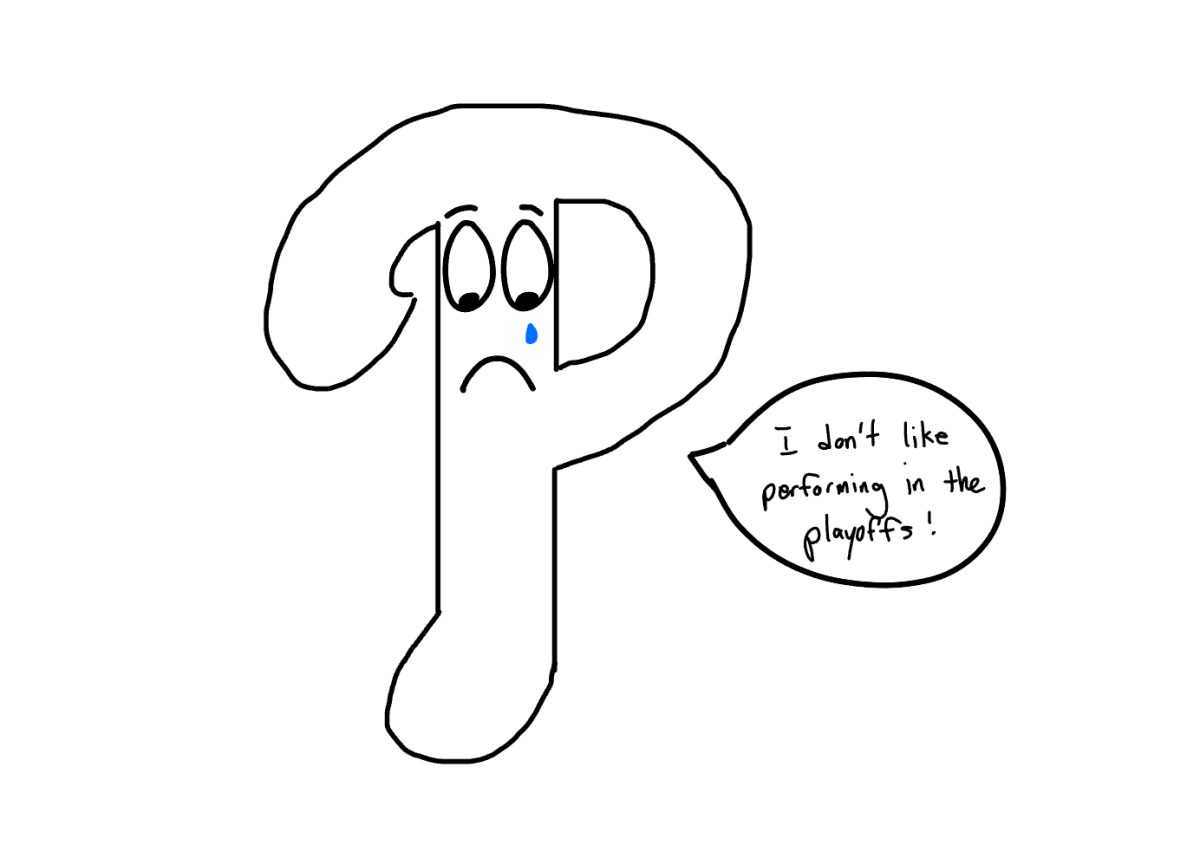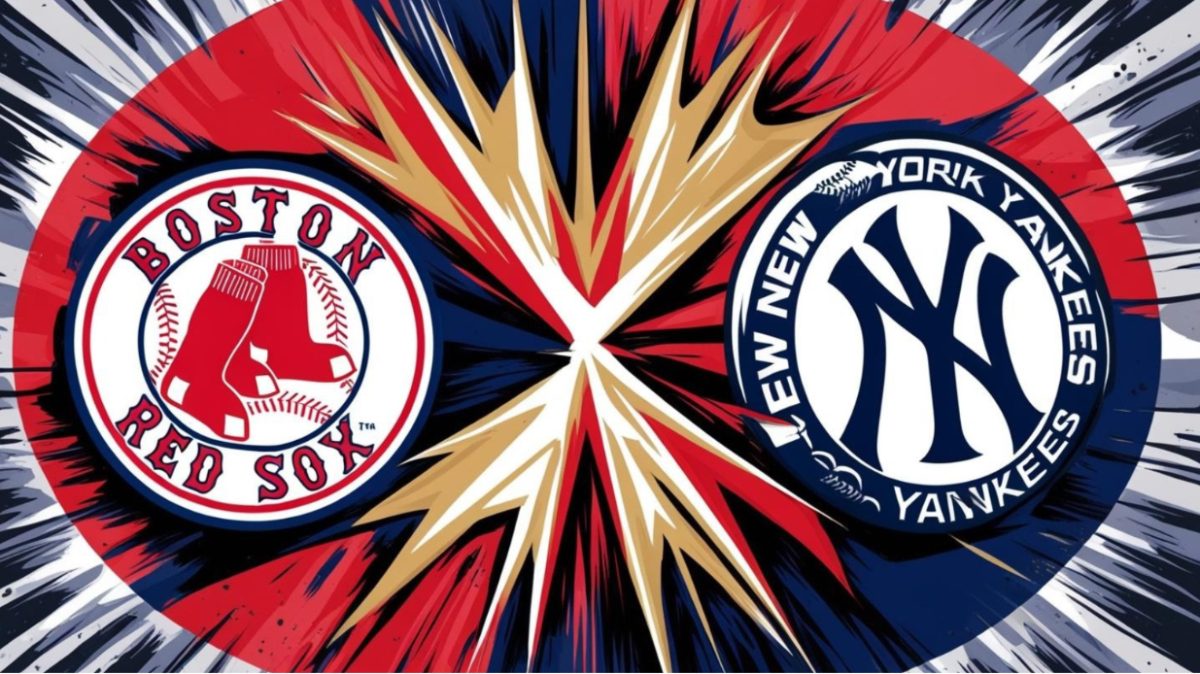Basketball has undergone a remarkable transformation over the past few decades, evolving from a primarily American pastime into a globally cherished sport. This shift can be attributed to the increasing visibility of the NBA, the rise of international competitions, and the emergence of global superstars who have inspired young athletes around the world. As basketball becomes more ingrained in the culture of various nations, children are now growing up with dreams of becoming professional players—an aspiration that was rare in previous generations. Grassroots programs, improved access to facilities, and the proliferation of media coverage have further fueled this passion, enabling foreign players to develop their skills from a young age. As a result, countries like Spain, Australia, and Lithuania are producing a new wave of talent that is increasingly competitive with American players, leading to a more diverse and dynamic global basketball landscape.
The skill level of international players has risen dramatically, as they adopt advanced training techniques and compete against high-level opponents. This evolution has created a more competitive environment, with foreign players making significant impacts in the NBA and international tournaments and challenging the long-standing dominance of American basketball. To understand this evolution, it is essential to look back at the history of the modern NBA and the increasing involvement of foreign-born players in the sport.
The 1980s: A Slow Start
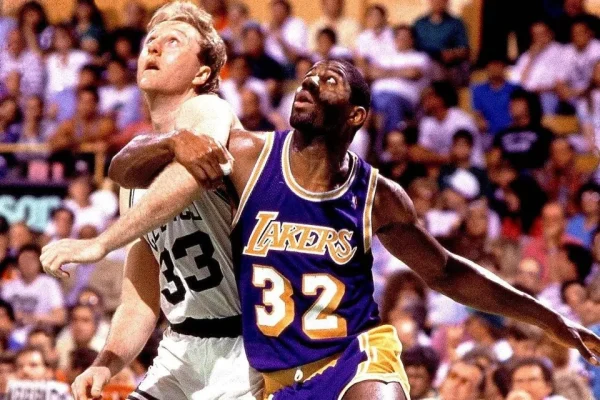
The 1980s saw minimal international play, but a turning point emerged when Patrick Ewing, a foreign-born center from Jamaica, was drafted first overall in the 1985 NBA Draft. During this decade, major awards were won by foreign-born players only twice: Ewing (Jamaica) won Rookie of the Year in 1986, and Dominique Wilkins (France) was the Scoring Champion the same year.
The 1990s: A Growing Presence
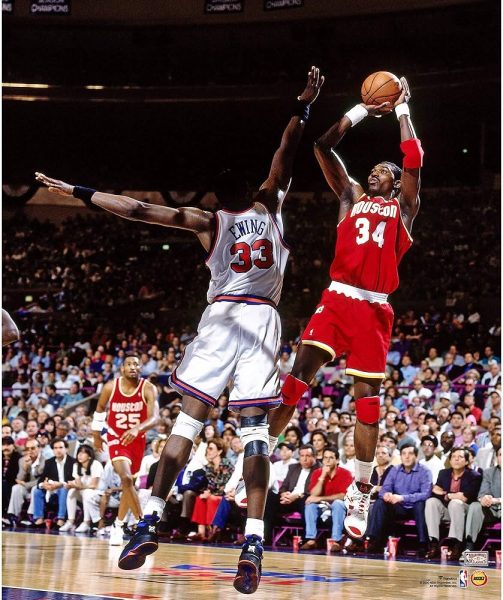
By the end of the 1990s, the number of international players in the NBA nearly doubled, increasing from around 20 to approximately 40. The foreign-born big man became a highly sought-after asset for NBA front offices, with nine major awards won by international players during this decade. Hakeem Olajuwon (Nigeria) became the first foreign-born player to win the MVP award in 1994, while Dikembe Mutombo (DRC) won three Defensive Player of the Year awards in the 90s. The European sixth man role thrived, with Detlef Schrempf (West Germany) winning two Sixth Man of the Year awards and Toni Kukoč (Yugoslavia) winning in 1996.
1992-93 NBA Season
During the 1992-93 season, there were 26 foreign-born players in the league, making up around 6% of the total population. Notably, eight international players ranked among the league’s top 50, including Olajuwon, Ewing, and Mutombo. Despite their small representation, over 30% of foreign-born players were in the top 50, highlighting the selectiveness of the NBA in drafting international talent, and the even higher barrier of entry for international players trying to make it into the NBA at the time.
The 2000s: A New Era
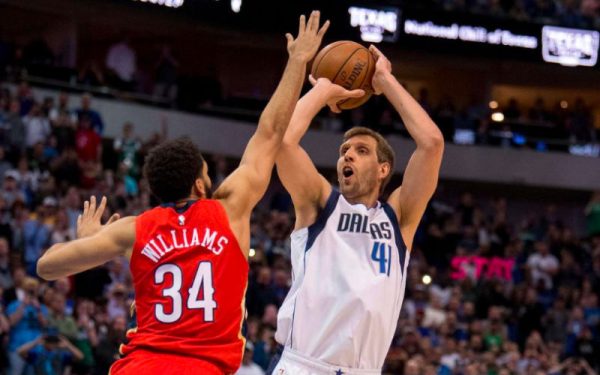
The 2000s saw seven major awards won by foreign-born players, reflecting a shift in the NBA’s standards for drafting international talent. The population of foreign-born players grew to nearly 20% of the league by the end of the decade, increasing from around 40 to over 80 players. Steve Nash (Canada) won back-to-back MVPs in 2005 and 2007, while Dirk Nowitzki (West Germany) also claimed the MVP award in 2007. The foreign-born sixth man role continued to thrive, with Leandro Barbosa (Brazil) and Manu Ginobili (Argentina) winning the Sixth Man of the Year award in 2007 and 2008, respectively. Players like Manu, as well as Tony Parker and Yao Ming were a huge reason for the spread of basketball as a viable sport worldwide, inspiring thousands of kids around the world to pursue basketball as a career.
2000-01 NBA Season
In the 2000-01 season, there were 42 foreign-born players in the league, comprising around 10% of the total population. Six international players made the league’s top 50, including Olajuwon and Nowitzki.
2007-08 NBA Season
By the 2007-08 season, the number of foreign-born players had risen to 78, making up around 18% of the league. Eight international players were in the top 50, with Ming (China) emerging as a significant media figure and helping to cultivate basketball’s popularity in China.
The 2010s: Explosive Growth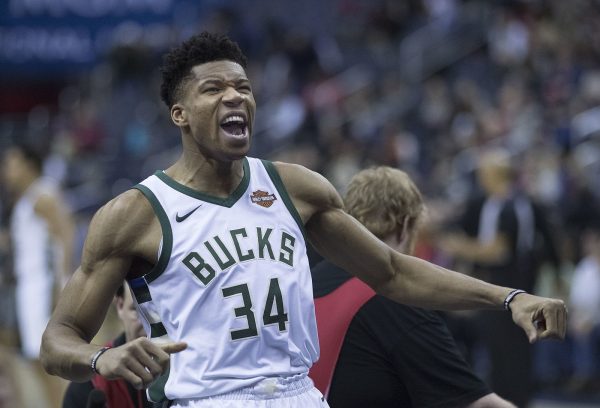
The 2010s witnessed an explosion in the number of international players in the NBA, surpassing 100 by the middle of the decade. Foreign-born players were entering the league with increasing ease, leading to a diversification of talent. Seven major awards were won by international players during this decade, with Giannis Antetokounmpo (Greece) becoming the second foreign-born player to win back-to-back MVPs in the 2019 season. This achievement propelled him into superstardom, making him one of the most popular basketball players globally. Defensive big men continued to be a staple among international players, with Joakim Noah (France) winning the Defensive Player of the Year award in 2014 and Rudy Gobert (France) winning back-to-back DPOYs in 2018 and 2019. A surge of young international talent flooded into the league during this period, with three Rookie of the Year awards going to international players: Karl-Anthony Towns (Dominican Republic) in 2016, Ben Simmons (Australia) in 2018, and Luka Dončić (Slovenia) in 2019. Dončić‘s rookie season was particularly notable, as he became an immediate worldwide sensation and was viewed as a potential face of the league going into the future.
2015-16 NBA Season
During the 2015-16 season, there were 102 foreign-born players in the league, making up around 23% of the total population. Seven international players were among the league’s top 50, including Pau Gasol, Goran Dragić, and Antetokounmpo. Although the number of international players in the upper echelon of the NBA appeared to decline, the late 2010s marked a significant influx of new young international talent, foreshadowing the dominance of foreign-born players in the years to come.
The 2020s: Current Landscape
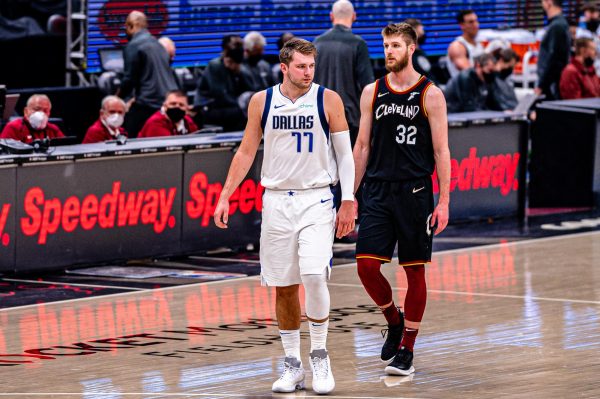 As we enter the 2020s, the current landscape of the NBA is characterized by the prominence of foreign-born players. The number of international players has increased to over 125, making up 28% of the league’s total population. Already, 12 major awards have been won by international players, and we are not even halfway through the decade.
As we enter the 2020s, the current landscape of the NBA is characterized by the prominence of foreign-born players. The number of international players has increased to over 125, making up 28% of the league’s total population. Already, 12 major awards have been won by international players, and we are not even halfway through the decade.
All five MVP awards given out in the 2020s have gone to foreign-born players. In 2020, Antetokounmpo (Greece) won the MVP award alongside the DPOY. Nikola Jokić (Serbia) won the MVP in both 2021 and 2022, while Joel Embiid (Cameroon) took home the award in 2023. Jokić made history by becoming the first foreign-born player to win three MVPs, solidifying his place among the league’s elite. Rudy Gobert continued his defensive prowess, winning DPOYs in both 2021 and 2024.
New European talent continues to emerge, with Victor Wembanyama (France) being the first overall pick in the 2023 NBA Draft. He won the Rookie of the Year award in 2024 and was the runner-up for the DPOY, showcasing an extraordinary rookie season that exceeded even the highest expectations.
2023-2024 NBA Season
In the 2023-2024 NBA season, there were 126 foreign-born players, comprising around 28% of the league. A remarkable 14 international players made the league’s top 50, reflecting the significant skill increase that international players have experienced over the past few decades. These players include Jokić, Dončić, Shai Gilgeous-Alexander, Embiid, Antetokounmpo, Wembanyama, Domantas Sabonis, Towns, Alperen Şengün, Pascal Siakam, Kristaps Porziņģis, Franz Wagner, RJ Barrett, and Nikola Vučević.
International players excelled this season, with four of the top five MVP candidates coming from outside the United States. The top two finishers for the Defensive Player of the Year were both French, further emphasizing the growing influence of international talent in the league. In the subsequent draft, five international players were selected in the first round, with the top two picks being French players. This trend highlights the shift towards international players becoming an even larger part of the league’s success moving forward.
Wembanyama, in particular, has captured the attention of basketball fans worldwide. Standing at 7’5″ with an over 8-foot wingspan, he had an incredibly impressive rookie season, surpassing expectations that were already sky-high. His potential to become one of the greatest players in NBA history is a testament to the ongoing globalization of basketball and the rising prominence of international talent.
The globalization of basketball has transformed the NBA into a melting pot of talent from around the world. As international players continue to make their mark, the league is becoming increasingly diverse and competitive. The evolution of foreign-born players from a rare presence to a dominant force in the NBA reflects not only the growth of the sport globally but also the changing landscape of basketball itself. With stars like Dončić, Jokić, Antetokounmpo, and Wembanyama leading the charge, the future of basketball looks brighter than ever. As these international players continue to excel and inspire the next generation of athletes, the NBA will likely see an even greater influx of talent from around the globe. This ongoing trend not only enriches the league’s competitive landscape but also fosters a deeper appreciation for the sport across different cultures.
The rise of international players has reshaped the narrative of basketball, proving that talent knows no borders. As the game continues to evolve, the influence of these players will be felt for years to come, solidifying basketball’s status as a truly global sport. The future promises to be an exciting chapter in the history of the NBA, where the contributions of international talent will play a pivotal role in defining the league’s identity and success.

